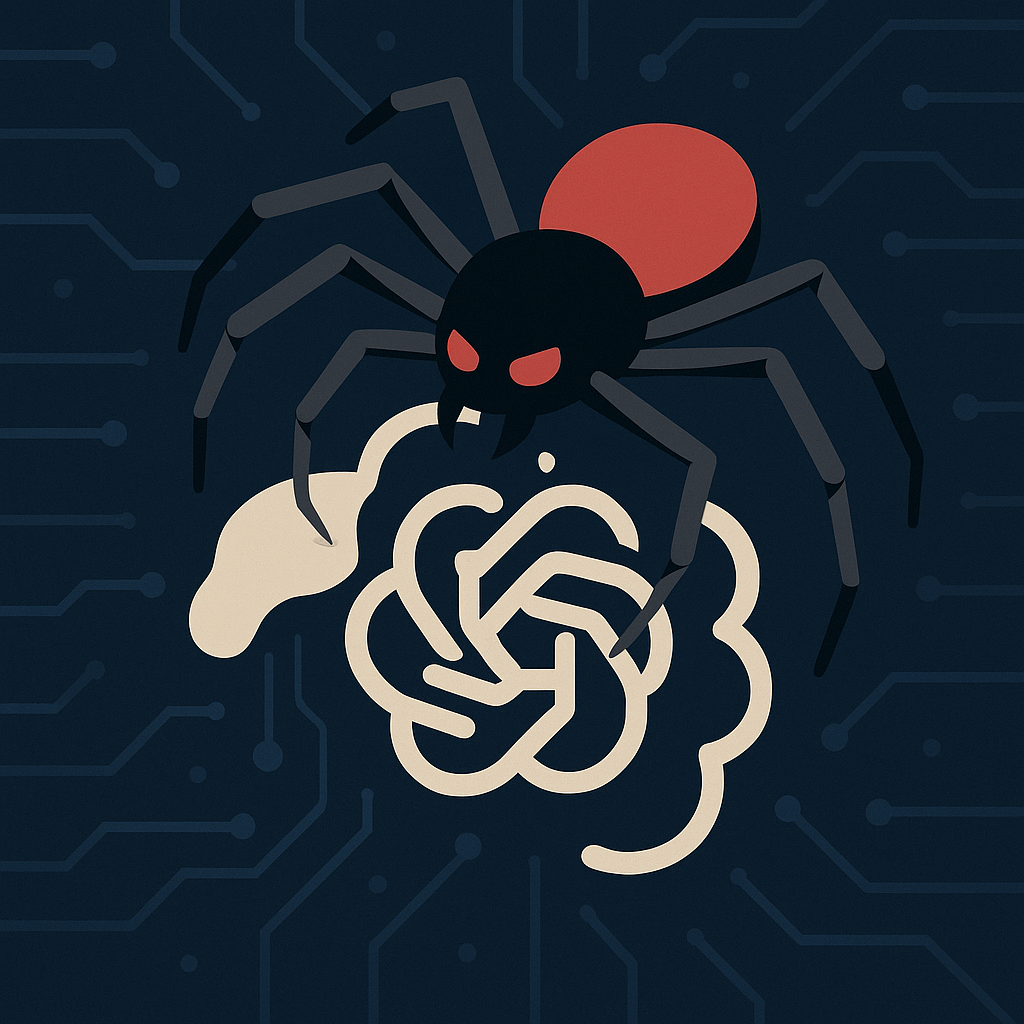Systems based on foundation models like ChatGPT, GitHub Copilot, Gemini or Claude introduce a new set of cybersecurity risks that cannot be treated as a simple evolution of traditional applications. Their probabilistic nature, dependence on massive datasets, and increasing autonomy in sensitive tasks demand a critical review of their implications in the context of information security—from both a technical and regulatory risk management perspective.
The first structural risk is the exposure of sensitive data. While many platforms claim not to use enterprise user conversations to retrain their models, the data still travels, is processed, and in many cases temporarily stored outside the security perimeter. This makes LLMs a potential vector for data leakage involving trade secrets, source code, personal information, or any asset inadvertently shared during a session. When integrated with tools like Microsoft 365 Copilot or Google Workspace Duet, the risk is amplified, as the model gains access to vast internal document repositories, emails, and files that it may use or combine without adequate safeguards.

Closely related is the problem of implicit context and permissions. LLM-based assistants often act as functional “superusers” capable of reading, summarizing, or modifying data without the user fully understanding the scope of the action. This challenges the principle of least privilege, as the model may operate beyond what would be allowed under traditional access control mechanisms. Traceability and auditing of these actions are often incomplete, and the transparency of model decisions is far from sufficient to justify document or database changes.
In parallel, we’re witnessing a worrying dependence on model output. Users—especially non-technical ones or those under time pressure—tend to place uncritical trust in generated responses, effectively automating critical decision-making. This opens up attack vectors like prompt injection, context poisoning, or third-party manipulation of input. Malicious actors can exploit the way models interpret natural language to alter expected behavior, bypass validations, or mislead systems supporting decision-making.
In the realm of secure development, tools like Copilot or CodeWhisperer present another risk: the introduction of vulnerabilities through insecure code generation. Although these models are trained on large code corpora, many code snippets contain bugs, outdated patterns, or direct security flaws. Security audits of AI-generated code have shown the replication of vulnerabilities like SQL injection, input validation errors, or improper use of cryptographic functions—representing a regression from mature secure development practices like OWASP SAMM or NIST SSDF.

The lack of determinism and reproducibility in generative systems adds further complexity when integrating them into regulated environments. It’s difficult to guarantee consistent outputs for auditability or compliance, especially when multiple inputs and contexts are involved or when models are updated opaquely. This directly conflicts with requirements found in frameworks like TISAX, ISO 27001 or the EU AI Act, which demand explainability, control, and safeguards against automated decisions that may impact fundamental rights.
Finally, we must account for risks from uncontrolled external usage. Users copying organizational data into public versions of ChatGPT or Bard to obtain quick answers are operating outside the corporate protection perimeter. If clear policies and detection mechanisms aren’t in place, these behaviors become an avenue for shadow IT, where data is exposed and hidden dependencies form in critical processes.
Managing these risks cannot rely solely on blanket bans or generic policies. It requires a combination of technical measures (DLP, monitoring, segmentation), internal procedures tailored to the new threat landscape (data classification, prompt review, training), and above all, clear governance over corporate use of generative AI. Secure integration of these tools means defining authorized use cases, assessing risk for each integration, and implementing validation mechanisms, human oversight, and explicit accountability. Cybersecurity in the era of LLMs is not about firewalls or antivirus anymore—it’s about deeply understanding a new paradigm of information interaction.
